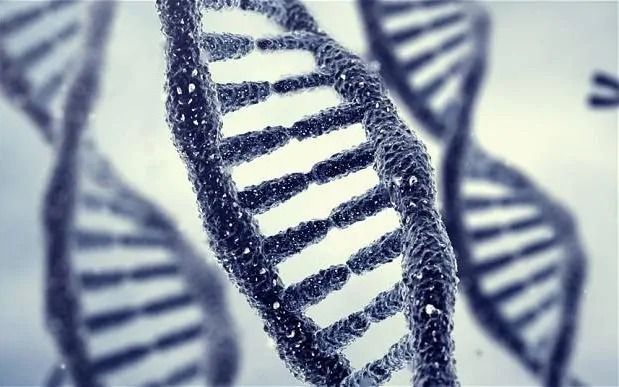
Japanese researchers said they have developed artificial blood that can be transfused into patients regardless of their blood type and can vastly improve the chances for survival of seriously injured people.
The artificial blood created by a team of scientists primarily from the National Defense Medical College has proved effective in experiments on rabbits.
For possible applications on humans, the artificial blood gets around problems with identifying blood types in emergency situations and overcomes limits on storing real blood from donors.


















